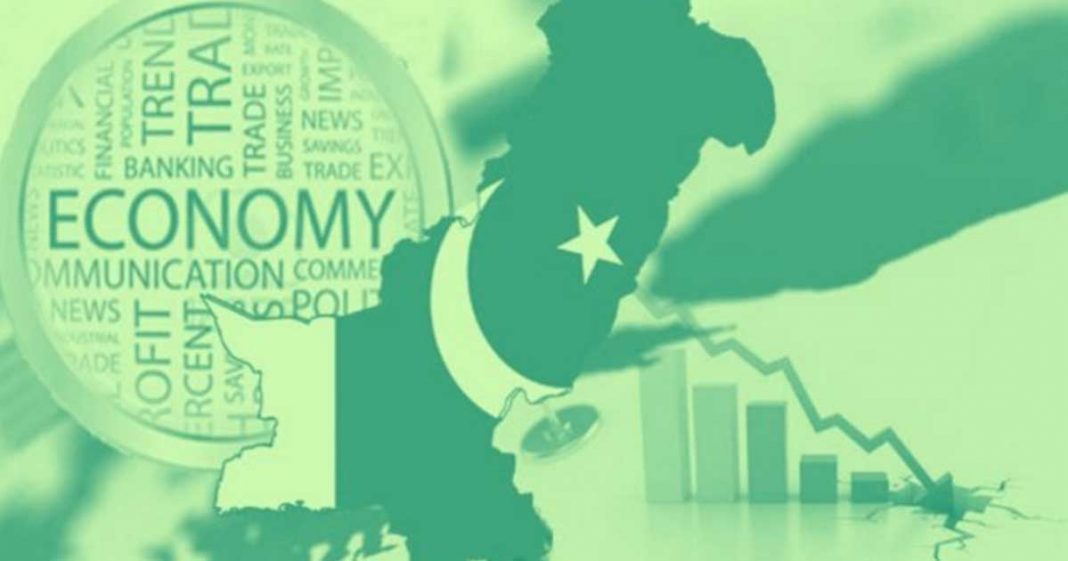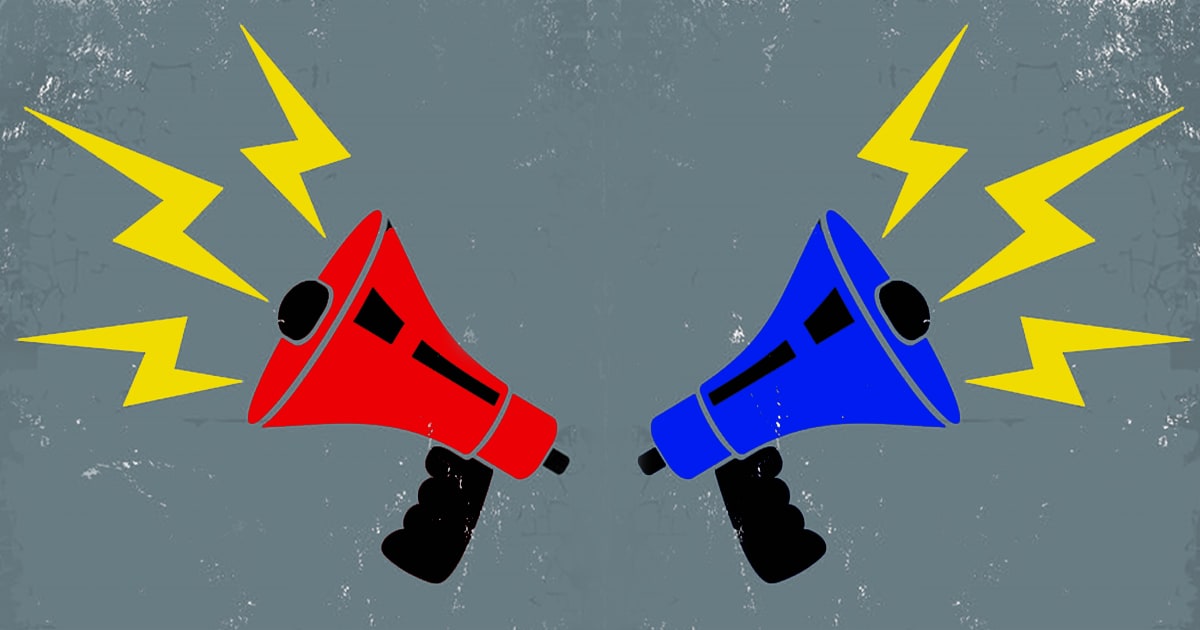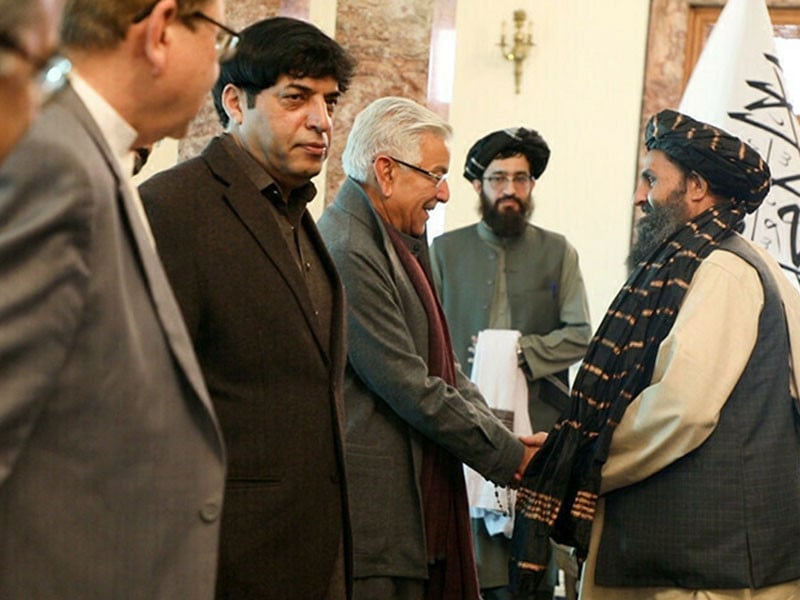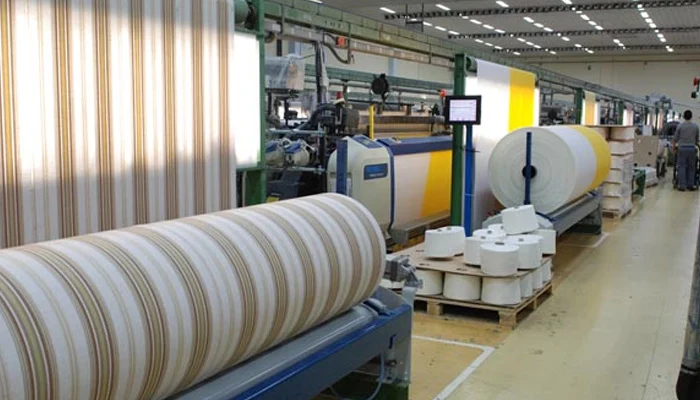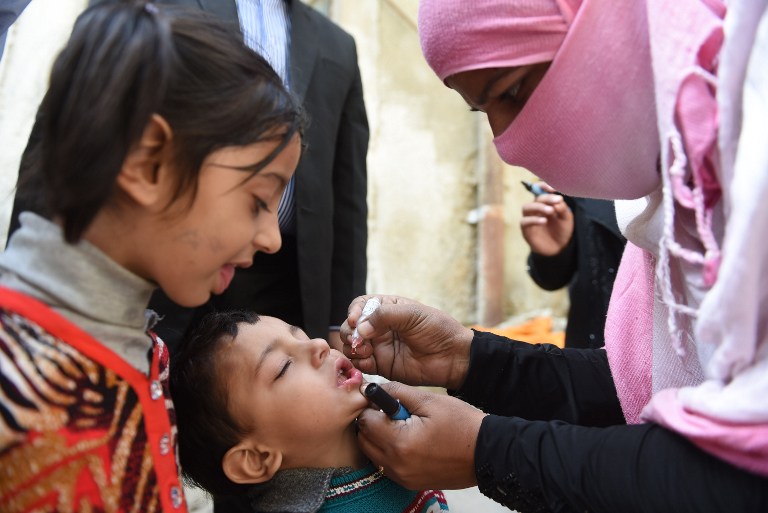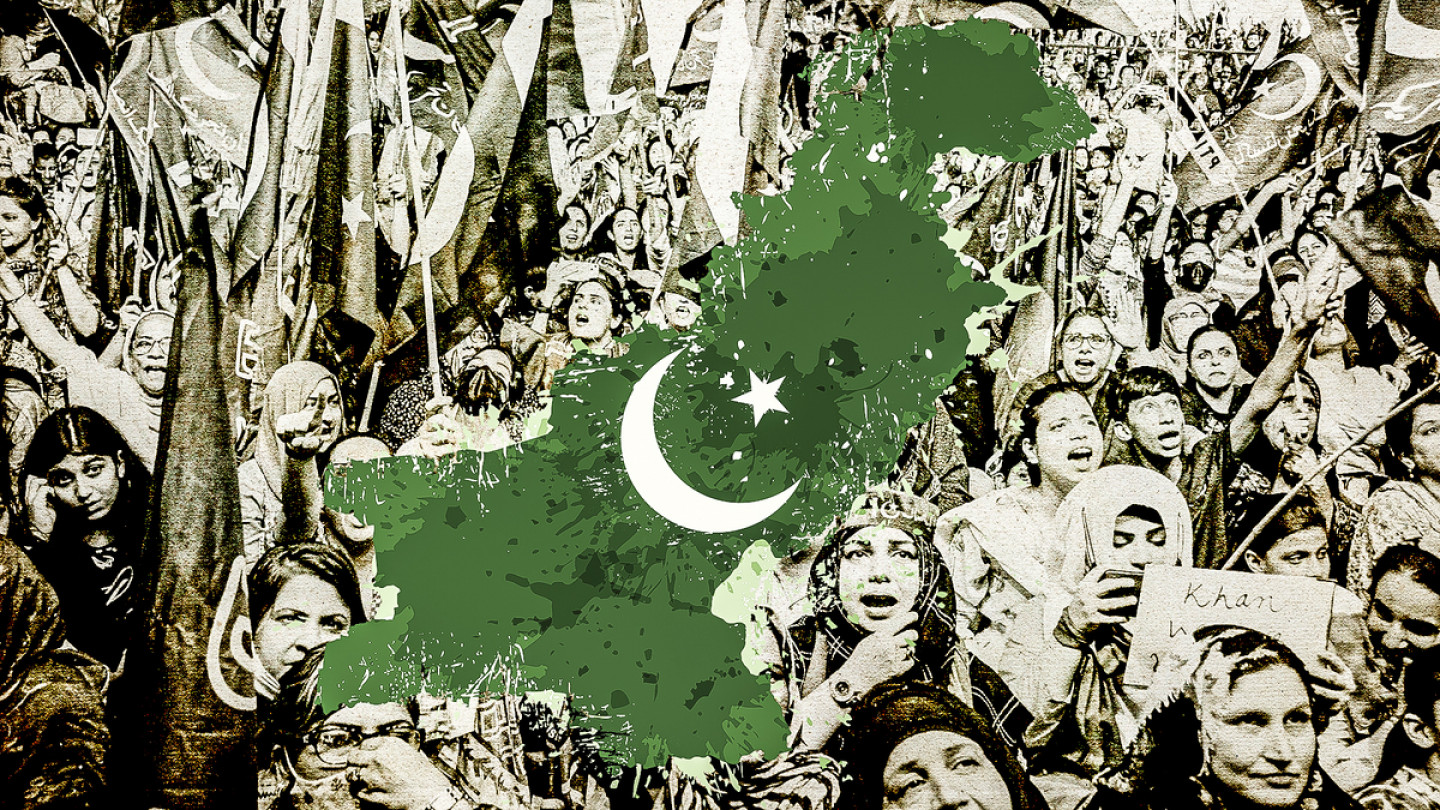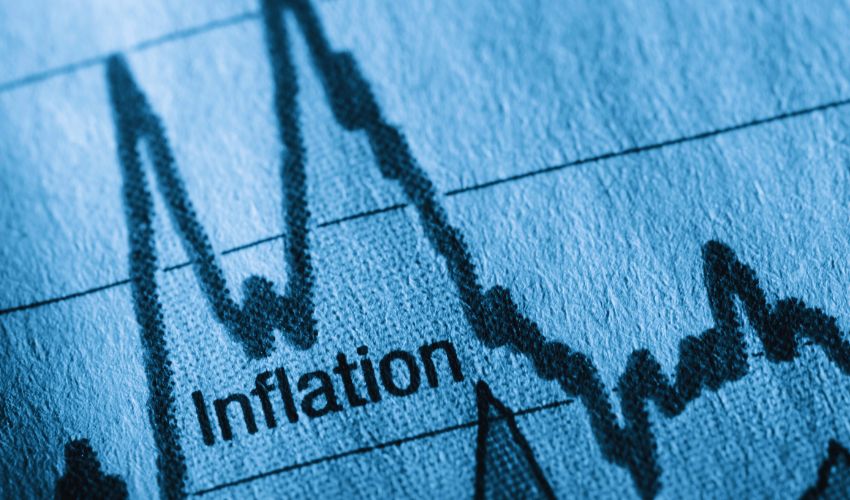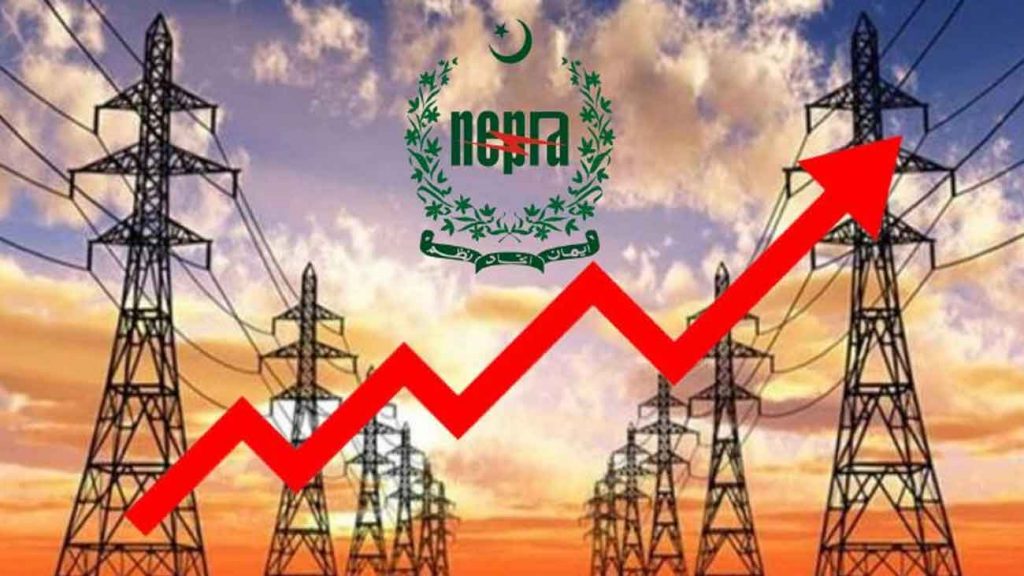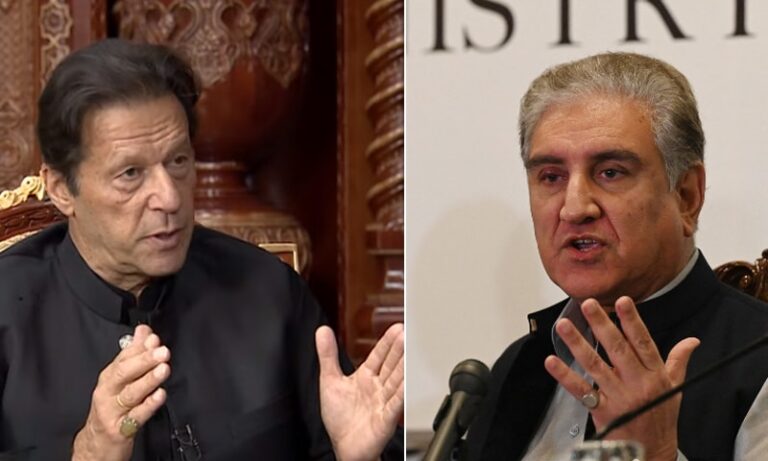Editorial
Pakistan’s economic performance under the caretaker government, which implemented a series of austerity measures, has been scrutinized. The Gross Domestic Product (GDP) grew only 1% in the second quarter of the fiscal year (October-December), compared to 2.5% in the first quarter (July-September). The decline is attributed to the large-scale manufacturing sector (LSM), which fell from negative 0.4% to negative 0.52%.
During Ishaq Dar’s tenure as finance minister, the LSM showed an improvement and registered a 1.84% growth in January this year, compared to a negative 5.59% in January last year. The mining and quarrying industry, however, has seen negative growth of 4.17% due to a decline in the production of gas, marble, and limestone, among others, primarily because of [specific reasons]. The construction industry has also declined to -17.59%, while the electricity, gas, and water supply industry has shown a positive growth of 1.54%.
The Consumer Price Index (CPI) from July to February 2024 was 28%, up from 26.2% in the same period the previous year. However, concerns have been raised that at least 2.5 percentage points have understated the CPI calculation. Dr Hafiz Pasha, for instance, has pointed out that gas prices were shown to have risen by 1100% on 15 February, while a week later, the hike in prices was estimated at 480% only. Additionally, the lowest quintile of electricity and gas prices was taken rather than the average, leading to a potential underestimation of the CPI. Construction costs and rent must be at par, while PBS estimated an 18 to 20% rise in cement and only 5 to 6% in rents.
The Federal Board of Revenue (FBR) has reported a major increase in revenue by 29.8%, largely due to inflation and the levy of sales tax on items that were previously untaxed. Non-tax revenue has also increased by 104.7% due to the doubling of the rate of levy on petroleum. Despite the increase in revenue, remittances have continued to decline, indicating that the reversal of Dar’s policy of controlling the rupee-dollar parity has not succeeded in attracting remitters back to using official channels rather than illegal ones. This decline in remittances has had [specific impact] on the economy. Poverty levels are currently at 40%, and the economy is reliant on domestic borrowing to fund current budgeted expenditures.
To turn the economy around, it is not enough to rely on piecemeal measures. Significant and comprehensive structural reforms must be implemented, along with voluntary sacrifices by major budget recipients. Proactive efforts to attract foreign investment must also be pursued, which would require diplomacy by the civilian and military establishment. Without this comprehensive approach, it is urgent that the economy will see significant improvement.
In this context, it becomes imperative for the government to take decisive action and make the necessary sacrifices now. Economic reform, when prioritized, has the potential to [specific benefits], and foreign investment can [specific benefits]. When these are prioritized, they have the potential to create a sustainable and prosperous economy for all Pakistanis. It is time to think outside the box and take bold actions to harness this potential and turn the economy around. The future of Pakistan’s economy, with its inherent resilience and resourcefulness, depends on it.
Please, subscribe to the republicpolicy.com



































